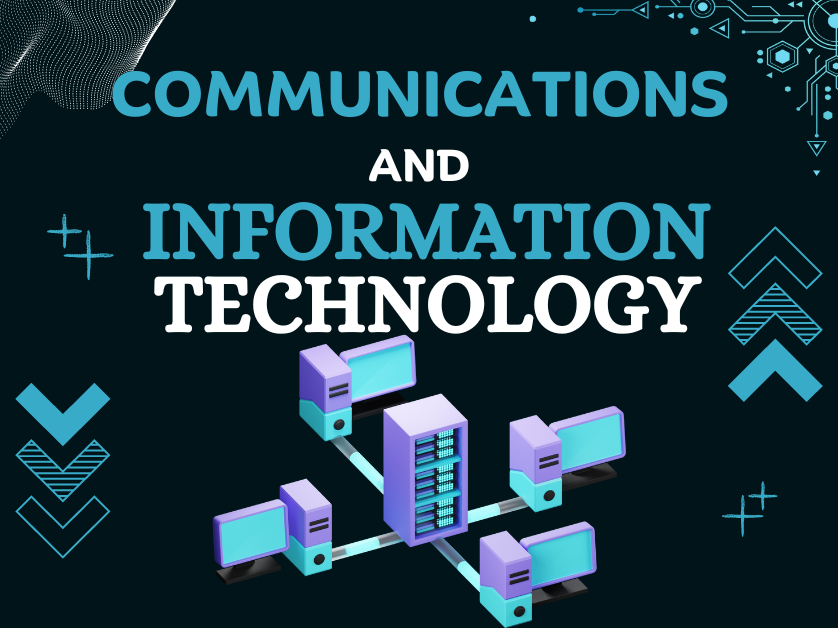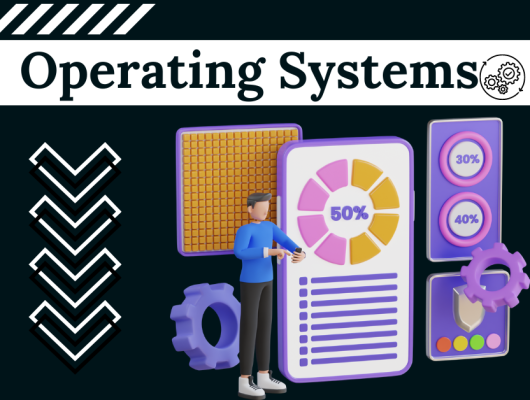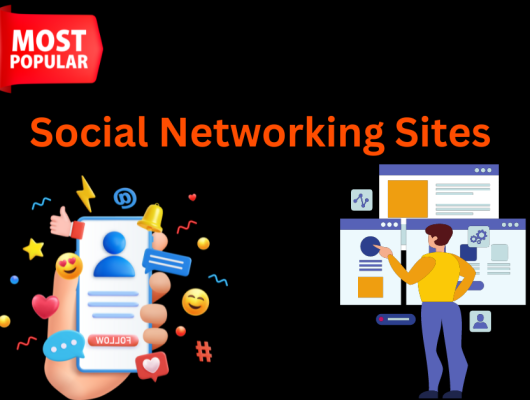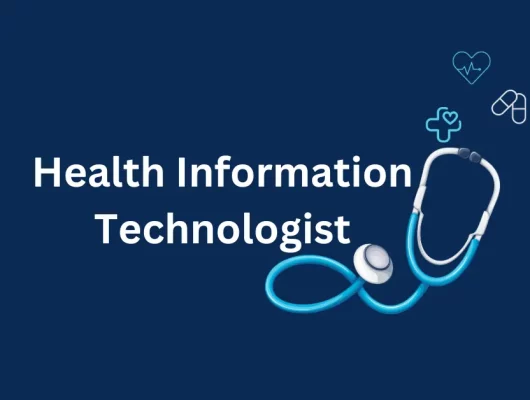Introduction
The transformative power of communications and information technology is undeniably reshaping the world we live in. Breaking down barriers and connecting individuals across the globe with unprecedented speed and efficiency. From the rapid dissemination of information through social media platforms to the enhancement of business operations via sophisticated software tools. These technologies are revolutionizing the way we communicate, work, and access knowledge. They have democratized information, enabling people from all walks of life to learn, engage, and innovate in ways previously unimaginable.
A system in an information system typically refers to an integrated set of components designed to collect, process, store, and distribute information. This encompasses both technology and people, involving hardware, software, databases, networks, procedures, and human expertise. The aim is to support decision-making, coordination, control, analysis, and visualization in an organization. Essentially, it’s a coordinated method for managing data and information flows to enhance efficiency and effectiveness in achieving objectives.
ICT
The constant growth of technology continually enables the transmission of information across various types of communication mediums. These tech features facilitate the broadcast and transmission of voice, text, and video through a vast number of channels. As the term progresses, advances in technology empower us to access and record larger quantities of information, stored at increasingly higher speeds. This evolution in technologies not only enhances our ability to communicate but also transforms the way we access and interact with information. Fitting the demands of a dynamic and interconnected world.
History and Evolution of ICT
In the 19th century, the development of telegraph and telephone marked a groundbreaking shift in the way people worked and interacted socially. These inventions revolutionized the concept of communication, allowing individuals to communicate in near-real time despite being in different locations. This laid the foundation for a new era in which personal and professional interactions could occur in real time. Transforming the way society functioned.
Moving into the middle of the 20th century, the introduction of radio and television brought about mass communication. Altering the dynamics of how information was disseminated. By the end of the century, the rise of the internet propelled it into a mainstream tool for communication. Commerce, and entertainment. In the following years, the internet’s use continued to grow rapidly, revolutionizing the way people work and digitally transforming the way people communicate.
The telegraph revolutionized communication in 1837 with the introduction of Morse code. In 1876, the world witnessed another breakthrough with the invention of the telephone. Fast forward to 1895, and the era of wireless telegraphy began. The landscape of entertainment changed in 1927 with the advent of television. The post-World War II era brought the transistor in 1947, paving the way for modern electronics.
The realm of computing witnessed a milestone in 1951 with the introduction of the UNIVAC I, the first commercial computer. In 1969, the foundation of the Internet was laid with the creation of ARPANET. The digital era truly began in 1971 with the sending of the first email. The 1990s marked the inception of the World Wide Web and the establishment of GSM (Global System for Mobile Communication) in 1991. The popularization of the internet took a leap in 1994 with the launch of Netscape Navigator, a widely-used web browser. In 1998, the search engine giant Google made its debut.
Types of Information and communication Technologies:
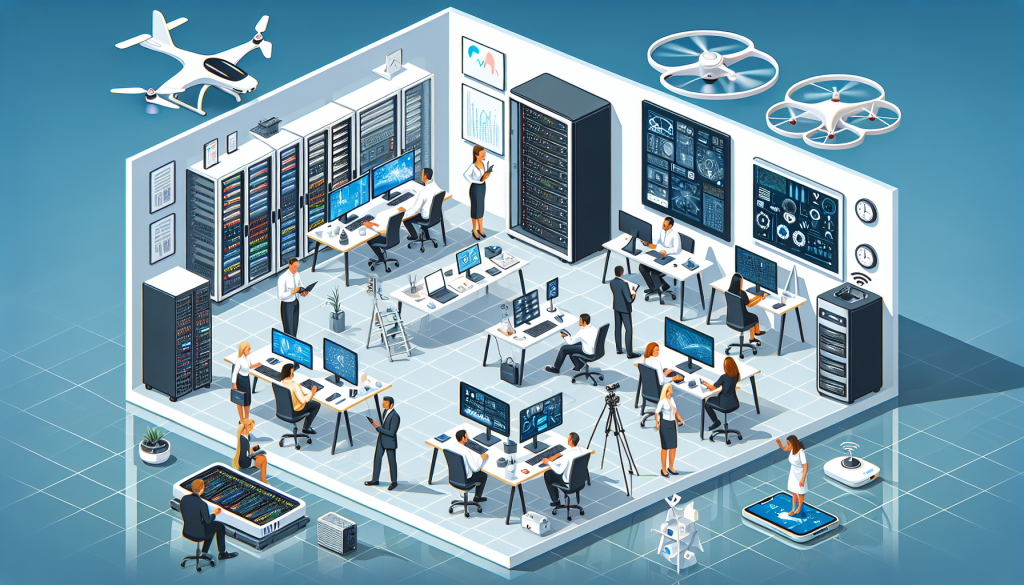
There are different types of Information and communication technologies
Information technologies:
Computing
Computing is a goal-oriented activity encompassing the study and experimentation of information technologies. It involves the development of both hardware and software, with a scientific and engineering focus on algorithm processing. Communication plays a crucial role in computing, considering both its technical and social aspects. In the realm of computing, a ton of progress is made daily, shaping the future of how we interact with computer machinery.
Software
Computer hardware, the physical aspect of a computer, operates in tandem with software programs to execute tasks. These instructions are a set of coded data that the computer processes to perform specific actions. The software is the opposite of hardware, representing the virtual and intangible components that instruct the computer on how to execute tasks.
Networks
Computer networks play a crucial role in interconnecting various computing devices, enabling them to efficiently exchange data and share resources. These networks operate based on a comprehensive system of rules and communication protocols that dictate how the devices should transmit information using both physical and wireless technologies.
Data
Communication technologies play a significant role in the efficient processing and movement of data. They enable the translation of information into binary digital form, facilitating seamless exchange between singulars and plural subjects across diverse media.
Artificial intelligence
In the realm of AI applications, particularly in expert systems and machine vision, there’s a remarkable fusion of technology and human intelligence. Through natural language processing (NLP) and speech recognition, computers can now understand and communicate contextually and semantically. This simulation of human intelligence is processed by machines, enabling them to recognize entities and shuffle words in a way that aligns with specific NLP-related words. The convergence of information technologies allows for the extraction of relevant content from paragraphs. Especially concerning the total number of lines and words. In this space, the communication between computer systems and human intelligence is achieved through expertly designed AI applications, demonstrating the potential of technology in handling complex tasks.
Cybersecurity
Cyber security is crucial for individuals and enterprises as they increasingly rely on internet-connected systems. To protect against cyber threats, it’s essential to secure both hardware and software components of computerized systems. Implementing robust practices in managing access to data centers and safeguarding data during communication is vital in the realm of information technologies. Utilizing advanced technologies such as NLP can enhance the defense against unauthorized access to sensitive information.
Communication Technologies
Telegraph
The telegraph, a revolutionary communication system, transmits data through electrical current pulses along a wire. Developed in 1830 by Joseph Henry and modified by Samuel F. B. Morse, the telegraph prototype marked its first official transmission on May 1, 1844. Using Morse code, a series of dots, dashes, and patterns, the telegraph records letters, single-digit numbers, and punctuation signs on a moving strip of paper.
The system consists of fundamental components such as a direct current source, relay, buzzer, and light bulb—all interconnected by cables. The term “telegraph” originates from Greek words: tele, meaning far away, and graphein, meaning to write. This ingenious invention, spanning over 150 years, relies on the length of wire, solenoid, and a current-indicating device to efficiently transmit messages over great distances.
Radio
Wireless signals have revolutionized communication since the groundbreaking work of innovators like Nikola Tesla and Guglielmo Marconi. Through the use of high-frequency electrical circuits and antennas, radio systems have evolved from simple speech transmission to the delivery of complex data and video. Today, the very definition of radio extends beyond traditional broadcast stations, encompassing cell phones and wireless data networks. Reaching thousands of listeners with a single transmitter. From the invention of the telephone by Bell to the modern era, wireless signals continue to shape how we share voice and music globally.
Telephone
The development of television traces back to the late 1800s, a period dominated by electrical research. Initially, the telegraph paved the way for transmitting electrical messages through wires, creating a distant receiver. Over decades, television coexisted with the telephone, using advanced techniques like staccato clicks for interpretation. By 2012, it became the predominant mode of visual communication, delivering information on practically any subject from sports and news to science fiction. From its roots in museum objects, television has evolved into a versatile tool for both amusement and conveying serious facts, always keeping people engaged in personal communications.
Satellites
Artificial satellites, purposely sent into orbit, play a crucial role in spaceflight. These man-made items, often referred to as satellites, distinguish themselves from natural satellites like Earth’s Moon. These artificial satellites, equipped to transmit signals using radio waves for long-distance communications, overcome the hindrance posed by the ionosphere, a tiny layer of energetic plasma that exists above the Earth’s breathing atmosphere. By amplifying and retransmitting signals, satellites enable the first instantaneous global communications since the 1960s, creating networks that span hundreds of kilometers away from ground-based receivers.
Internet
In the 1960s, the Internet originated as a military research project called the Advanced Research Projects Agency Network (ARPANET). It aimed to create a data network allowing computer users to share data. Over time, it evolved into a global communication infrastructure, providing tools for various types of communication, including video conferencing software for verbal communication and email for written communications. Now, the Internet has become an accessible platform where people use various technologies and gadgets for customer communication in electronic form, making it a hybrid space for several sorts of communication encompassing nonverbal communication and pictures. The Internet device is a vital connection between firms and customers, allowing them to accomplish their goals efficiently.
ICT Impacts on society
ICT has reshaped the world by transforming the economic landscape and influencing workforce dynamics. The rise of E-commerce has created new opportunities for both businesses and consumers, breaking down borders and allowing transactions and interactions to occur seamlessly on a global scale. Additionally, Smart cities are revolutionizing urban living by leveraging advanced IT and communication technology to enhance transportation, public services, and municipal infrastructure.
The rapid advancement of information technology (ICT) has left a lasting impact on the world’s economic landscape, transforming workforce dynamics and society as a whole. Organizations leverage collaboration tools to advance and adopt best practices in sharing digital information. However, the digital divide poses challenges for governments striving to ensure equitable access to technology across populations.
ICT, including IT and communication technologies, has significantly reshaped the world by altering workforce dynamics and the economic landscape. Its advances are a necessary utility for individuals, organizations, and governments to recognize both the benefits and challenges. ICT’s impact on society is undeniable, giving power to communications and information technology.
Conclusion
In the Conclusion, Technology acts as the backbone of every industry and business, enabling them to flourish. It empowers informed decisions and provides numerous benefits to society. A sustainable platform is essential to store and seamlessly back up data, ensuring a clear idea of the overall contribution to the community. Organizations like KnowledgeHut play a pivotal role in the development of IT professionals through specialized training in various IT operations, guided by industry experts, enhancing their performances in large projects.
The advent of communication technology has reshaped how we connect, with the days of traditional telephone booths replaced by personal cell phones. The sole reason for this shift is the ability to have uninterrupted video calls, a crucial aspect in both personal and professional lives. Thanks to platforms like Skype, even in long-distance relationships, the pause button on meaningful conversations is no longer necessary. This transformation in the way we function has become a testament to the growth and importance of technology in our daily lives.
Common Question of Information Technology
What is the power of ICT in communication?
Communication Revolution: One of the most prominent contributions of ICT is its role in transforming communication. From the early days of telephones and telegraphs to the advent of the internet and smartphones, ICT has brought people closer together, transcending geographical barriers.
Why is communication and information technology important?
Information and Communication Technology can contribute to universal access to education, equity in education, the delivery of quality learning and teaching, teachers’ professional development and more efficient education management, governance, and administration.
What is the use of communications and information technologies?
ICT includes devices and applications that provide access to information and enable electronic communications, like sending text messages or engaging in video chats. Mobile phones, smartphones, computers, and laptops are typical ICT devices.
Why is ICT a powerful tool?
ICT helps pupils to develop new skills and become more creative. ICT stimulates the development of imagination as well as initiative. It is a valuable tool for producing work, both in terms of content and form. It improves pupils’ academic performance as their classroom experience also improves substantially.
Who is the father of ICT?
The American mathematician and computer scientist who conceived and laid the foundations for information theory. His theories laid the groundwork for the electronic communications networks that now lace the earth. Claude Elwood Shannon was born on April 30, 1916 in Petoskey, Michigan.


